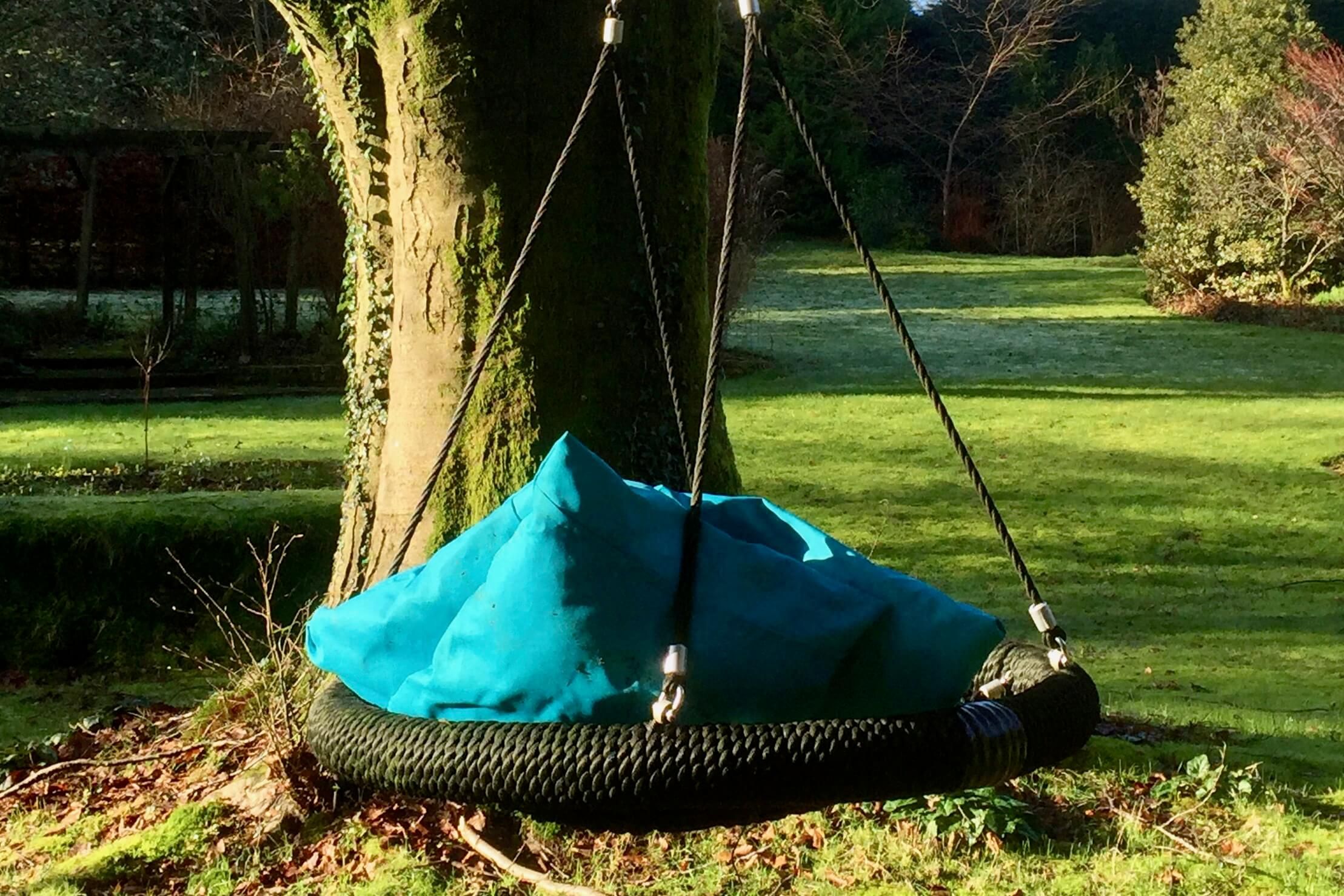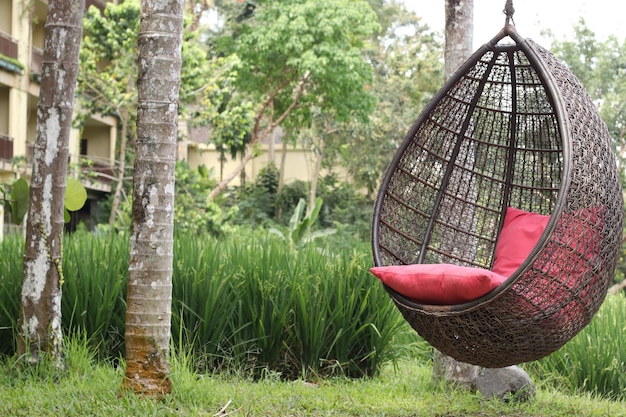When it comes to providing fun and entertainment for your child, swings are a timeless favorite. The joy of swinging back and forth can be found indoors and outdoors, each offering unique benefits and considerations. From traditional outdoor swings to the increasingly popular Pesakiiged, the choices can seem overwhelming. So, which option is right for your child? Let’s swing into the comparison.
1. Space and Environment
Indoor swings are ideal for families who might need access to outdoor space or live in areas with extreme weather conditions. They can be installed in bedrooms, playrooms, or even door frames, providing year-round enjoyment regardless of the weather outside. On the other hand, outdoor swings require ample outdoor space and are subject to weather conditions such as rain, wind, and extreme temperatures. However, they offer the advantage of allowing children to play in the fresh air and connect with nature.

2. Safety and Durability
Both indoor and outdoor swings prioritize safety, but each has distinct considerations. Indoor swings often come with safety features such as padded seats and secure straps, making them suitable for younger children. Outdoor swings, particularly those made of sturdy materials like metal or weather-resistant wood, are designed to withstand the elements and can accommodate older children who may engage in more active play.
3. Social Interaction
Outdoor swings encourage social interaction and cooperative play, as children can swing together and take turns pushing each other. This fosters valuable social skills and promotes teamwork. On the other hand, indoor swings offer a more intimate setting, allowing children to enjoy solitary play or bond with siblings and parents in a cozy indoor environment.
4. Versatility and Accessibility
Nest swings, a relatively recent innovation, offer a versatile option that can be used both indoors and outdoors. These spacious, hammock-like swings provide a comfortable seating area where children can lounge, swing, or even lie down. With their open design, nest swings are accessible to children of all abilities, including those with mobility challenges or sensory sensitivities.
5. Maintenance and Upkeep
Consider the maintenance requirements of each type of swing. Indoor swings may require occasional cleaning and tightening of hardware, but they are generally less exposed to wear and tear compared to outdoor swings, which may need regular inspection for signs of rust, rot, or loose fittings. Choosing high-quality materials and following manufacturer recommendations for installation and maintenance can prolong the lifespan of your swing regardless of its location.

In conclusion, the decision between indoor and outdoor swings ultimately depends on your family’s lifestyle, available space, and preferences. Whether you opt for the cozy convenience of an indoor swing, the outdoor adventure of a traditional swing set, or the versatility of a nest swing, providing your child with a safe and enjoyable swinging experience will create lasting memories of fun and laughter.